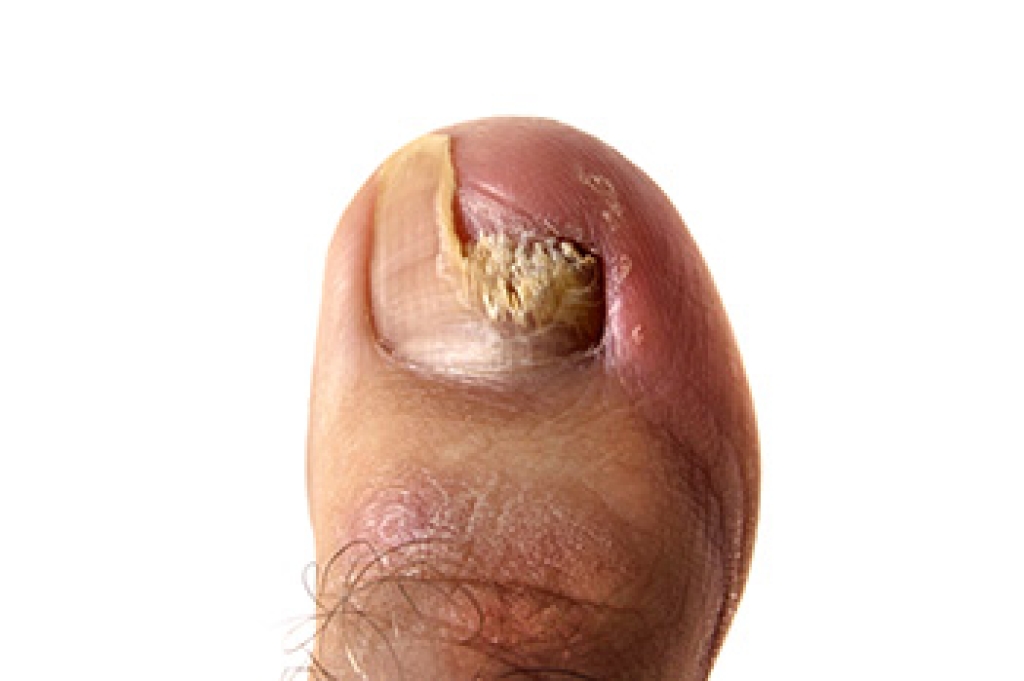
Cracked heels occur when the skin on the heel becomes dry, thick, and loses elasticity, leading to painful splits or fissures. They often develop from a combination of physiological predisposition, environmental factors, chemical irritants, and repeated stress on the feet from standing or walking on hard surfaces. These cracks can worsen over time and may even become infected, if untreated. A podiatrist can assess the severity, remove thickened skin safely, recommend protective treatments, and address underlying causes, such as abnormal gait or footwear. Do not let dry heels cause discomfort. If you have developed this uncomfortable condition, it is suggested that you consult a podiatrist who can effectively treat cracked heels, which may include prescribed medication.
If the skin on your feet starts to crack, you may want to see a podiatrist to find treatment. If you have any concerns, contact one of our podiatrists from APEX Foot & Ankle Center. Our doctors can provide the care you need to keep you pain-free and on your feet.
Cracked Heels
It is important to moisturize your cracked heels in order to prevent pain, bleeding, and infection. The reason cracked heels form is because the skin on the foot is too dry to support the immense pressure placed on them. When the foot expands, the dry skin on the foot begins to split.
Ways to Help Heal Them
- Invest in a good foot cream
- Try Using Petroleum Jelly
- Ease up on Soaps
- Drink Plenty of Water
Ways to Prevent Cracked Heels
- Moisturize After Showering
- Skip a Shower
- Keep Shower Water Lukewarm
- Don’t Scrub Your Feet
If you are unsure how to proceed in treating cracked heels, seek guidance from a podiatrist. Your doctor will help you with any questions or information you may need.
If you have any questions, please feel free to contact our offices located in Fort Myers, Shellpoint, and Naples, FL . We offer the newest diagnostic and treatment technologies for all your foot care needs.









